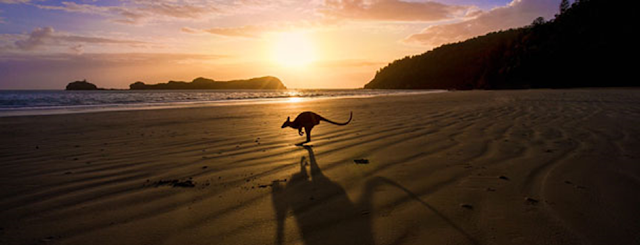Pricing energy to create jobs in Australia
Today the Australian Minister for
resources, Matt Canavan, spoke openly about his vision and concerns about the
price of energy in Australia. Canavan was clear the price was not just what
consumers pay for electricity but the cost measured in jobs lost if Australia
continued its state-based existing policy. Canavan, is a Senator representing
the State of Queensland and hails from Rockhampton, coal country.
In speaking to Sky Television’s Outsiders
program today he remarked that the BP Energy Outlook 2019 Edition
advised some 30 new coal-fired power stations were in construction in Asia and
that some 700 the drawing board.
Canavan, reflected that it was
better to build new generation coal-fired power stations and to continue to see
more than a billion people burn coal and other materials in the open-air. He
added that using Australian coal in these new generation coal-fired power
stations that the quality of local air should improve.
He went on to remark, that the
manufacturing heartland of Australia have been developed in Victoria because of
its relatively cheap and abundant brown coal and the power stations built to
exploit this. He reflected on the “politically correct” Victorian Labor government’s
pressure to see these brown coal fired power stations closed and not replaced.
He added, it was surprising to see as Victoria’s reduces its baseload power
production it is asking for an extension cord into New South Wales where such
baseload will continue to exist.
Canavan reflected if Australia
continues to wish to have manufacturing jobs it will need to look at affordable
energy. Currently the wholesale price of power is about AUD 0.10 a kilowatt
hour (USD 0.07) and the Energy Minister is wanting to see this at AUD 0.075
(USD 5.20).
Canavan’s approach, is clearly
consistent with the mandate granted to the government on 18 May this year.
Scott Morrison and his coalition government know that they are in government simply
because they reflect the views and aspirations of the majority of Australians.
Australians want to have
relatively clean power but power which is affordable and will create and sustainable
jobs. Many Australians remain concerned that the country is dominated by
ideological zealots. These zealots do not deny affordable energy in the form of
coal-fired power stations being built and supplied in Asia with this cold
coming from Australia. They only seek change at home and perhaps for Australia
not to export coal.
Given the proposed upgrade of the
Mt Piper power station with a life of a further 24 years it is time that middle
Australia said to government we need more long-term baseload power at
affordable prices. They also said we don’t want blackouts. In the case of
Australia this cannot come from Hydro, solar, biomass, geothermal, tidal or
wind power. It won’t come from nuclear as to have an affordable nuclear
industry in Australia we would not have the scale. Natural gas is now simply
too expensive but makes an excellent energy choice for peaking. Given our
abundance of relatively clean thermal coal which can be exploited relatively
cheaply Australia is walking away from a huge opportunity by denying itself the
building of new ultra supercritical coal-fired power.
Those same Australians that voted
Scott Morrison and his Liberal National Party coalition government back into
power want cheap baseload power.
In the case of Australia, it is
clear what that should be. It is time for Morrison and his crew to commit
themselves to this. It may be unpopular with some voters and the 10% of the
population that voted for the Greens won’t be happy with anything we do. The
majority of people want to see jobs created and sustained and the have
reasonable price power bills with reliable power.
The answer lies in the
construction of 8 GW of new coal-fired power generation. Ultra supercritical
coal-fired technology provides us with an ability to have this baseload power
and be relatively clean. It is now time for the national government to say this
and pressure the states to make this happen.
Paul Raftery




Comments
Post a Comment